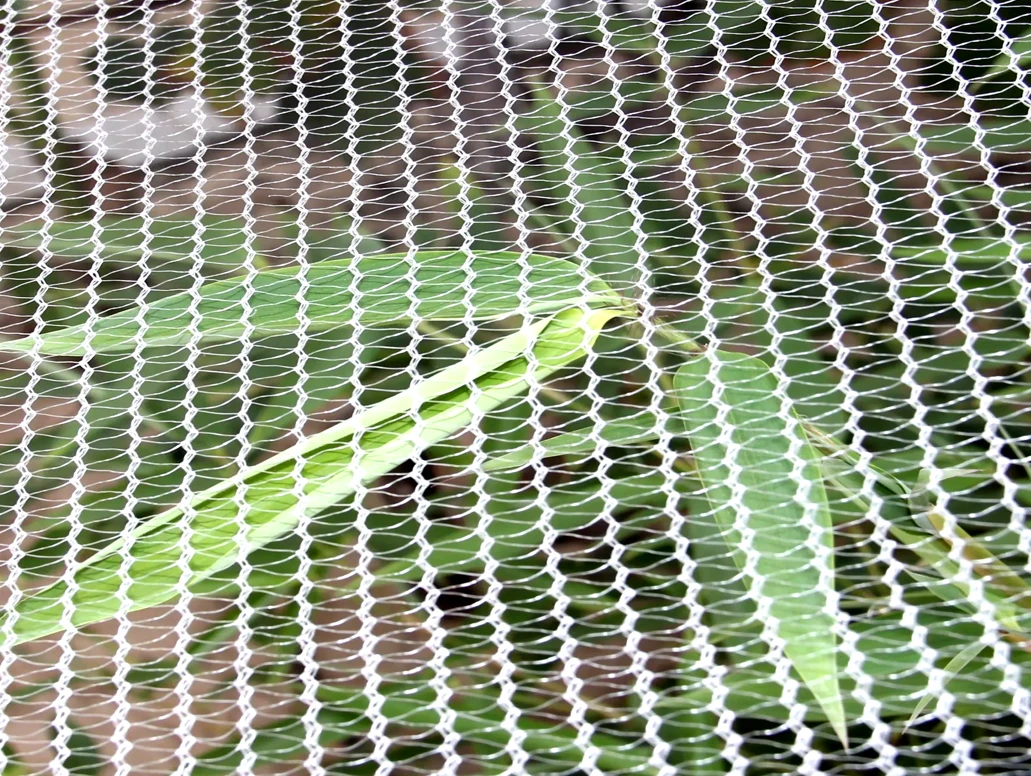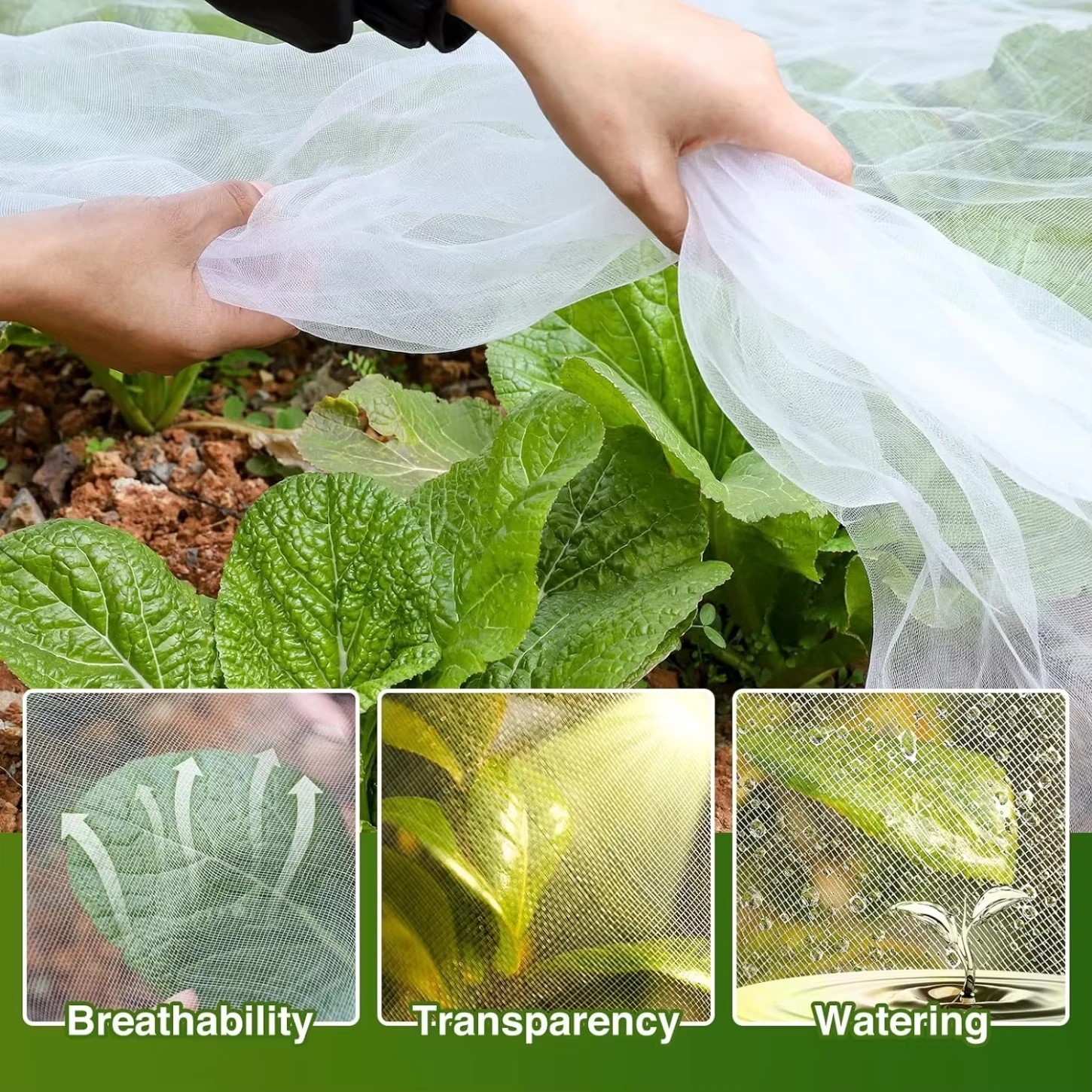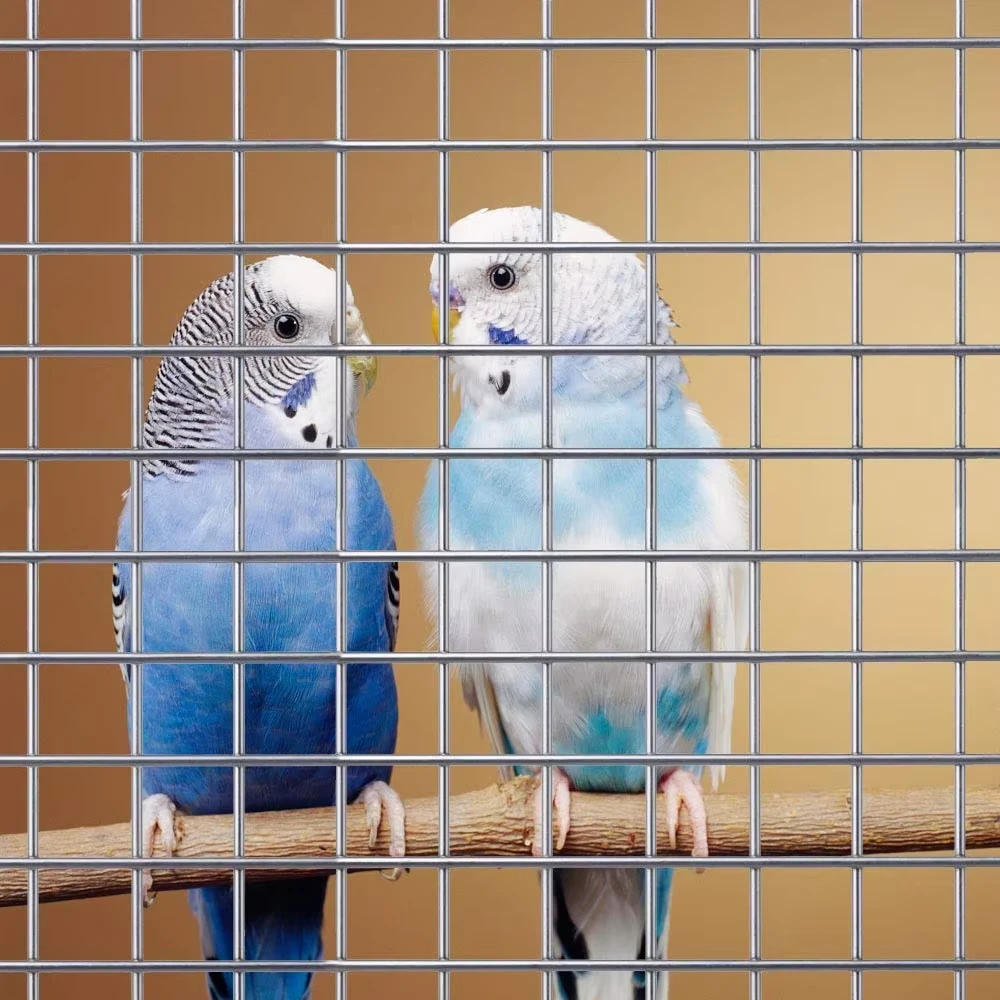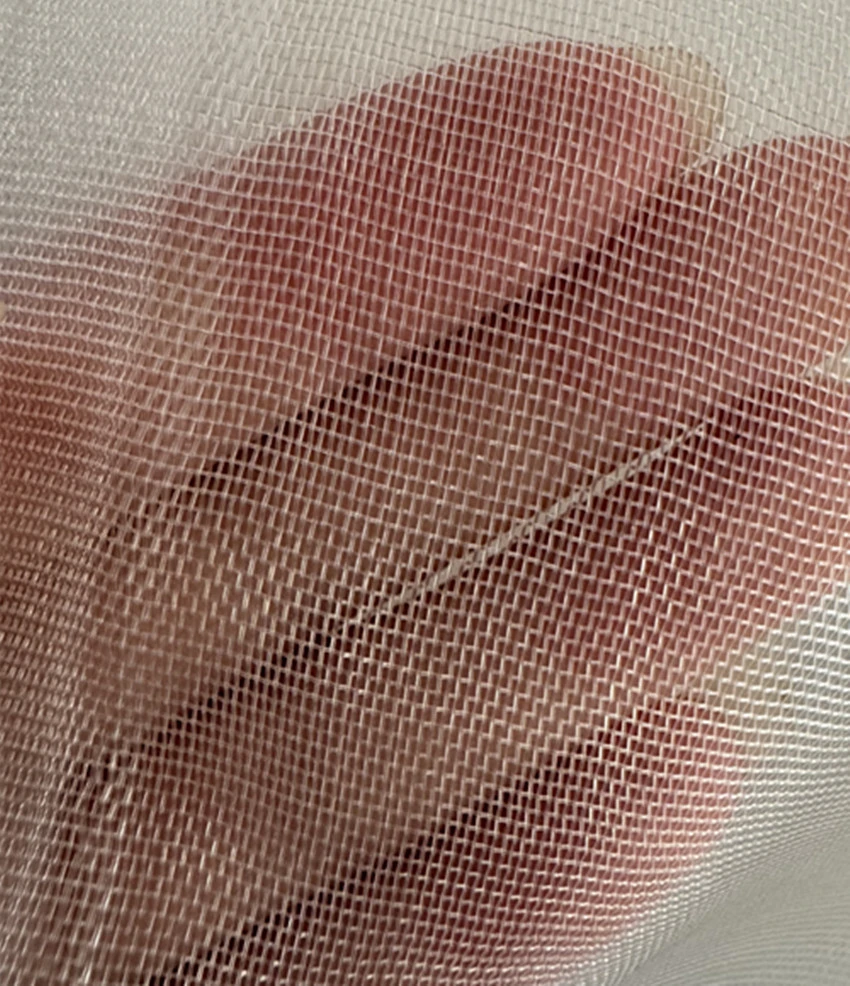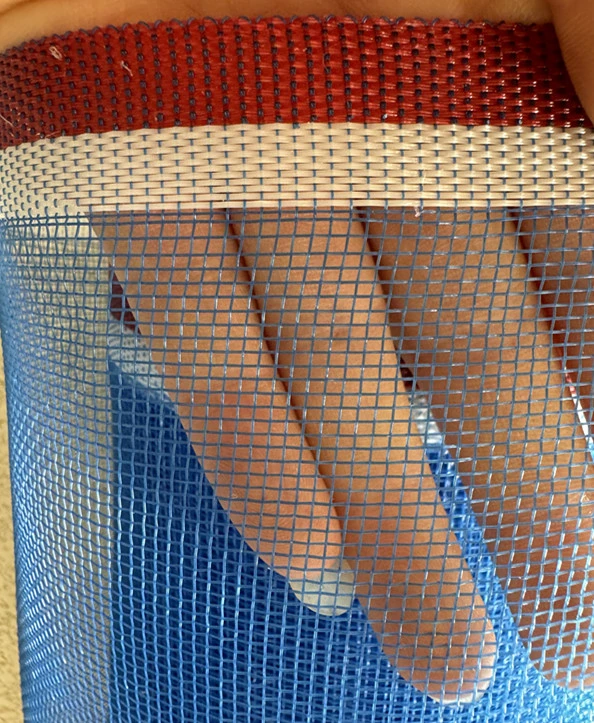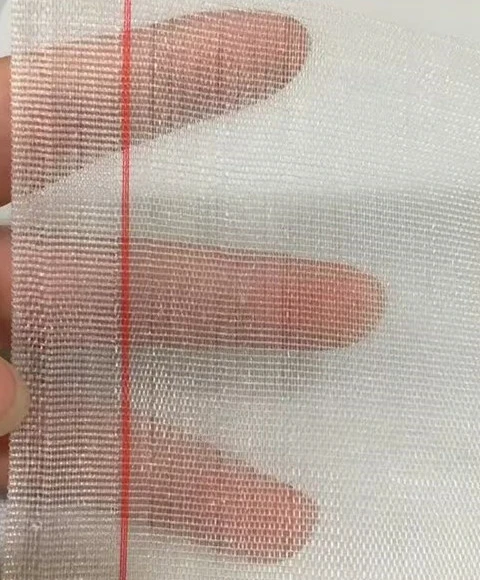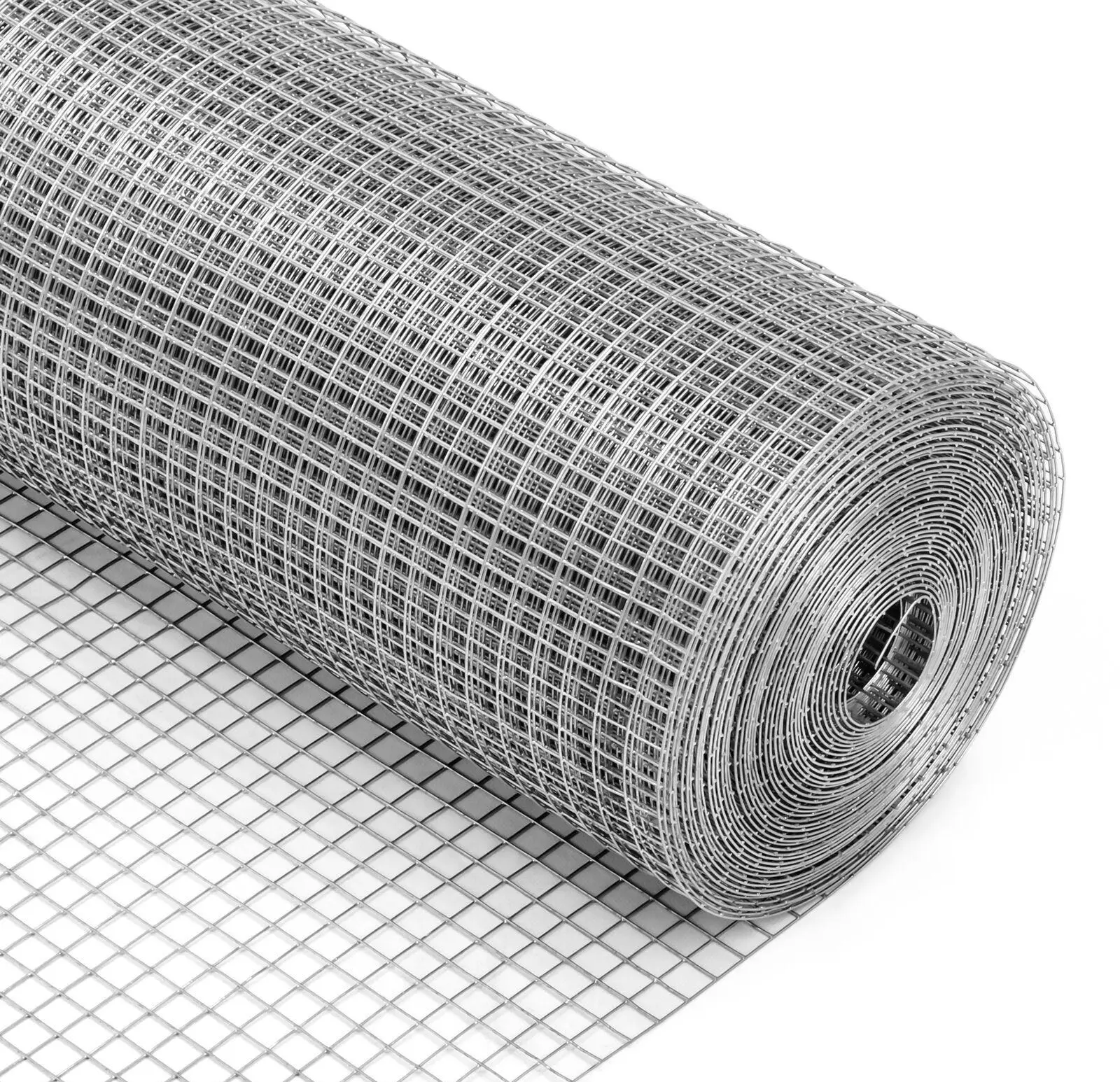-
 Afrikaans
Afrikaans -
 Albanian
Albanian -
 Amharic
Amharic -
 Arabic
Arabic -
 Armenian
Armenian -
 Azerbaijani
Azerbaijani -
 Basque
Basque -
 Belarusian
Belarusian -
 Bengali
Bengali -
 Bosnian
Bosnian -
 Bulgarian
Bulgarian -
 Catalan
Catalan -
 Cebuano
Cebuano -
 China
China -
 Corsican
Corsican -
 Croatian
Croatian -
 Czech
Czech -
 Danish
Danish -
 Dutch
Dutch -
 English
English -
 Esperanto
Esperanto -
 Estonian
Estonian -
 Finnish
Finnish -
 French
French -
 Frisian
Frisian -
 Galician
Galician -
 Georgian
Georgian -
 German
German -
 Greek
Greek -
 Gujarati
Gujarati -
 Haitian Creole
Haitian Creole -
 hausa
hausa -
 hawaiian
hawaiian -
 Hebrew
Hebrew -
 Hindi
Hindi -
 Miao
Miao -
 Hungarian
Hungarian -
 Icelandic
Icelandic -
 igbo
igbo -
 Indonesian
Indonesian -
 irish
irish -
 Italian
Italian -
 Japanese
Japanese -
 Javanese
Javanese -
 Kannada
Kannada -
 kazakh
kazakh -
 Khmer
Khmer -
 Rwandese
Rwandese -
 Korean
Korean -
 Kurdish
Kurdish -
 Kyrgyz
Kyrgyz -
 Lao
Lao -
 Latin
Latin -
 Latvian
Latvian -
 Lithuanian
Lithuanian -
 Luxembourgish
Luxembourgish -
 Macedonian
Macedonian -
 Malgashi
Malgashi -
 Malay
Malay -
 Malayalam
Malayalam -
 Maltese
Maltese -
 Maori
Maori -
 Marathi
Marathi -
 Mongolian
Mongolian -
 Myanmar
Myanmar -
 Nepali
Nepali -
 Norwegian
Norwegian -
 Norwegian
Norwegian -
 Occitan
Occitan -
 Pashto
Pashto -
 Persian
Persian -
 Polish
Polish -
 Portuguese
Portuguese -
 Punjabi
Punjabi -
 Romanian
Romanian -
 Russian
Russian -
 Samoan
Samoan -
 Scottish Gaelic
Scottish Gaelic -
 Serbian
Serbian -
 Sesotho
Sesotho -
 Shona
Shona -
 Sindhi
Sindhi -
 Sinhala
Sinhala -
 Slovak
Slovak -
 Slovenian
Slovenian -
 Somali
Somali -
 Spanish
Spanish -
 Sundanese
Sundanese -
 Swahili
Swahili -
 Swedish
Swedish -
 Tagalog
Tagalog -
 Tajik
Tajik -
 Tamil
Tamil -
 Tatar
Tatar -
 Telugu
Telugu -
 Thai
Thai -
 Turkish
Turkish -
 Turkmen
Turkmen -
 Ukrainian
Ukrainian -
 Urdu
Urdu -
 Uighur
Uighur -
 Uzbek
Uzbek -
 Vietnamese
Vietnamese -
 Welsh
Welsh -
 Bantu
Bantu -
 Yiddish
Yiddish -
 Yoruba
Yoruba -
 Zulu
Zulu
Application of Agricultural Net
In modern agricultural production, the prevention and control of pests and diseases is an important link in ensuring crop yield and quality. With the popularization of ecological agriculture concepts, the use of traditional chemical pesticides has gradually been restricted, and green prevention and control technologies have begun to receive attention. Among them, agricultural net, as an effective physical control method, has gradually been widely used in the planting and management of various crops.
Agricultural netting is a fine mesh structure made of materials such as polyethylene and polypropylene, which has good transparency, breathability, and insect resistance. The main function of this technology is to prevent pests from contacting crops through physical barriers, thereby reducing the incidence of pests and diseases. Compared with traditional pesticide control, farm netting has the advantages of strong persistence, low cost, and environmental friendliness, which minimizes the pollution of soil and water sources by pesticides and protects the ecological environment.
The application of agricultural net is particularly widespread in vegetable cultivation
By covering the vegetable planting area with insect proof nets, the invasion of pests such as aphids and whiteflies can be effectively prevented. In addition, insect proof nets can also regulate microclimate to a certain extent and improve the growth environment of crops. For example, in some high-temperature and humid areas, using insect proof nets can lower the temperature of crops and improve the safety of planting. In addition, the application of this website can effectively reduce the frequency of manual drug administration, thereby lowering production costs.
The use of agricultural net is not without limitations
During use, it is necessary to consider the light transmittance and ventilation of the insect proof net to ensure unrestricted crop growth. At the same time, attention should be paid to the installation and maintenance of Agri Nets to ensure a tight fit and prevent pests from entering through gaps. In addition, different crops have varying growth requirements and pest species, and selecting the appropriate specifications and materials for insect nets is an important factor in achieving the best control effect.
In summary, crop net for agriculture, as a green prevention and control technology, is gradually changing the traditional agricultural production mode. With the increasing promotion and continuous improvement of technology, agricultural pest control nets will make greater contributions to ensuring the safe and efficient growth of crops. In the future, by combining with other agricultural pest control methods, agricultural pest control nets are expected to play a more important role in the development of ecological agriculture.
-
Anti Hail Net | UV-Stable, High-Strength Orchard ShieldNewsNov.17,2025
-
Anti Bird Netting – UV-Stable, Durable, Humane ProtectionNewsNov.17,2025
-
Welded Wire - Durable, Rust-Resistant Mesh, Custom SizesNewsNov.17,2025
-
Garden Mesh Sun Shade – UV-Resistant, Durable, Custom SizesNewsNov.17,2025
-
Bird in Net Solution: Humane, UV-Resistant Bird NettingNewsNov.17,2025
-
Stainless Steel Filters: Durable, Washable, High-FlowNewsNov.10,2025




